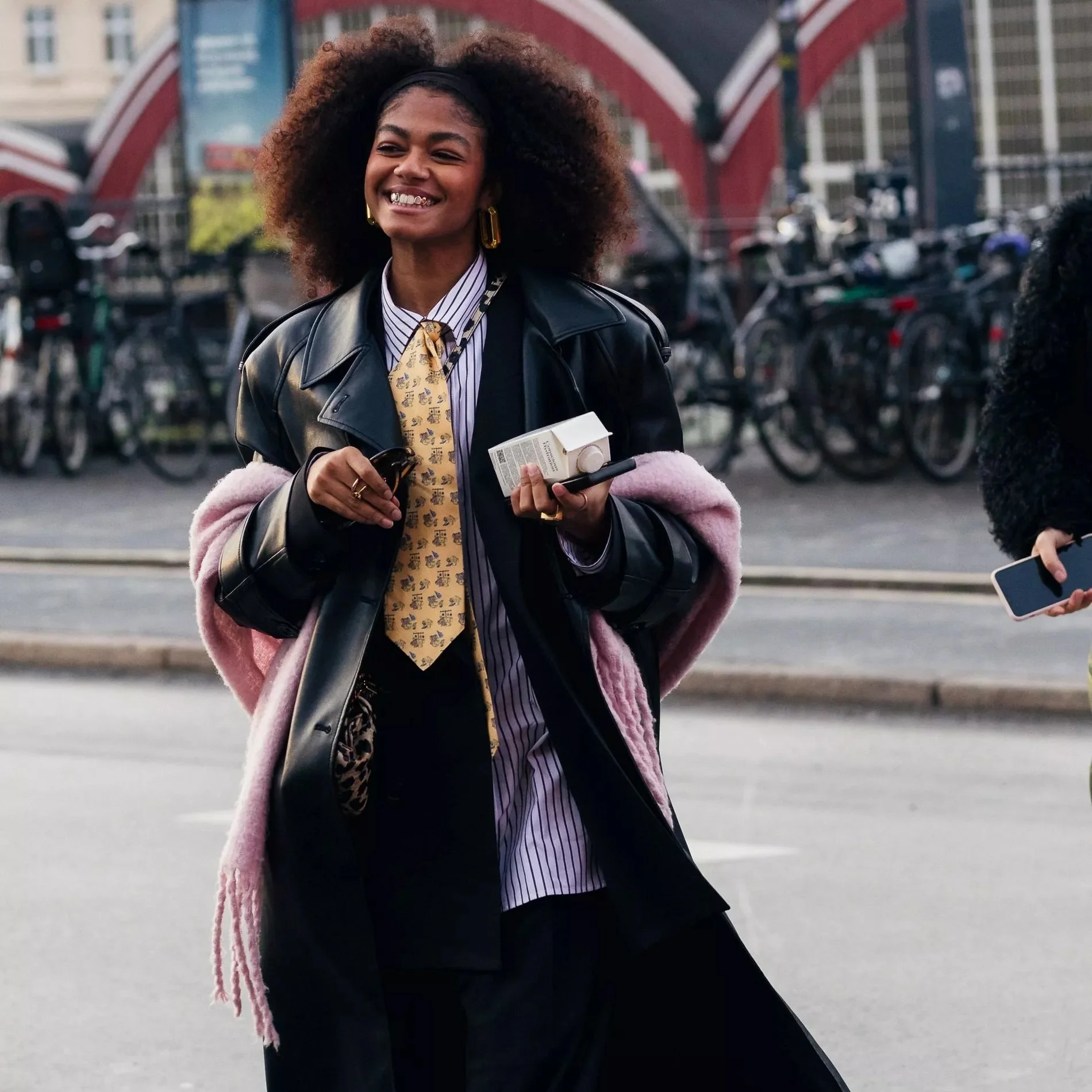Copenhagen Fashion Week AW25: How to Enjoy It Consciously
Copenhagen Fashion Week Autumn/Winter 2025 has recently concluded, shared and broadcast on traditional fashion media. Fashion shows have for long been the symbol of over-consumption and production, but does it have to be that way? Can it be a place of inspiration? We had a look at some of the week’s designs, and commitments and have created a list that might be a starting point for a new relationship towards fashion shows.
Notable Brands and Collections
The week featured a diverse array of brands. Here’s a list of a few and their respective designs:
A Roege Hove: Known for its innovative knitwear, the brand delivered a collection that seamlessly blended traditional techniques with contemporary aesthetics.
Berner Kühl: This label showcased minimalist designs with a focus on tailored silhouettes and high-quality fabrics, embodying Scandinavian simplicity.
Nicklas Skovgaard: Emerging as a notable talent, Skovgaard presented avant-garde pieces that challenged conventional design norms.
66North: The Icelandic outerwear brand highlighted functional yet stylish pieces, suitable for harsh climates while maintaining urban appeal.
Filippa K: The Swedish brand continued its tradition of offering timeless designs with a focus on sustainability and minimalism.
These collections collectively emphasized a harmonious blend of creativity and commercial viability, with notable trends including the use of fur, plaid patterns, and earthy tones such as mocha mousse and olive green. The norm would be to buy these outfits, from respective brands, but wait a minute before you do so and read our guide below.
Sustainability Initiatives
Copenhagen Fashion Week wants to be a leader in sustainable fashion. Since January 2023, all participating brands are required to adhere to minimum sustainability standards, encompassing the use of certified or deadstock materials and ensuring ethical supply chains.
This framework not only reduces the event's negative impact but also serves as a model for other fashion weeks globally. Notably, the British Fashion Council has announced plans to implement similar sustainability requirements for London Fashion Week by 2026, reflecting Copenhagen's influence in promoting eco-conscious practices within the industry.
All we can say is that it is far from perfect since we need to minimize new material, increase diversity and promote small-scale designers, but it’s a step in the right direction.
Experiencing Fashion Week Sustainably
Attending or following fashion weeks can be done in an environmentally conscious manner. Here are some tips to enjoy the shows without it leading to consumption:
Seek Inspiration Within Your Wardrobe: Use the showcased outfits as inspiration to rediscover and style pieces you already own. Look for similar colours, materials, or silhouettes in your closet to create fresh looks without purchasing new items.
Explore Second-Hand Options: Instead of buying new pieces from featured brands, consider searching for similar items in second-hand shops or online platforms. This approach supports circular fashion and reduces demand for new production.
Focus on Accessories: Sometimes, updating your look doesn't require new clothing. Incorporate accessories like hats, ties, scarves, or jewellery to refresh your outfits. These small additions can make a significant impact and offer a sustainable way to stay on-trend.
Fashion shows should be a celebration of creativity and innovation, not a catalyst for excessive consumption. By drawing inspiration from the runway and applying it thoughtfully, we can appreciate fashion's artistry while promoting sustainability.

